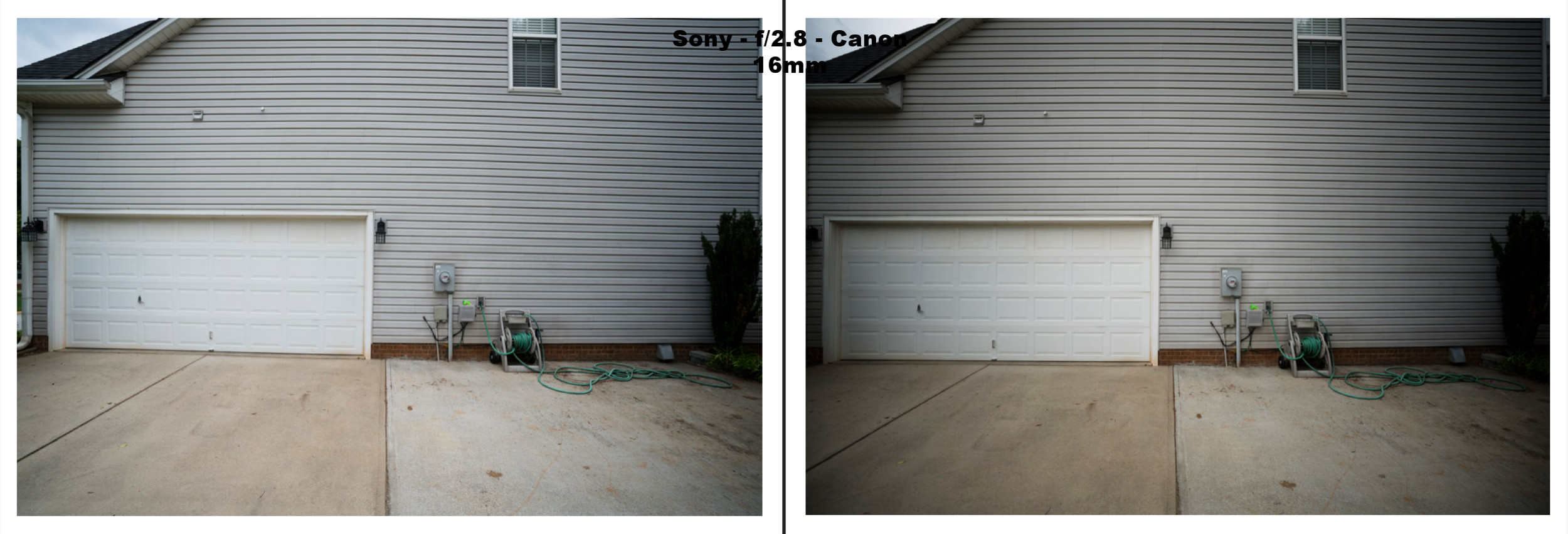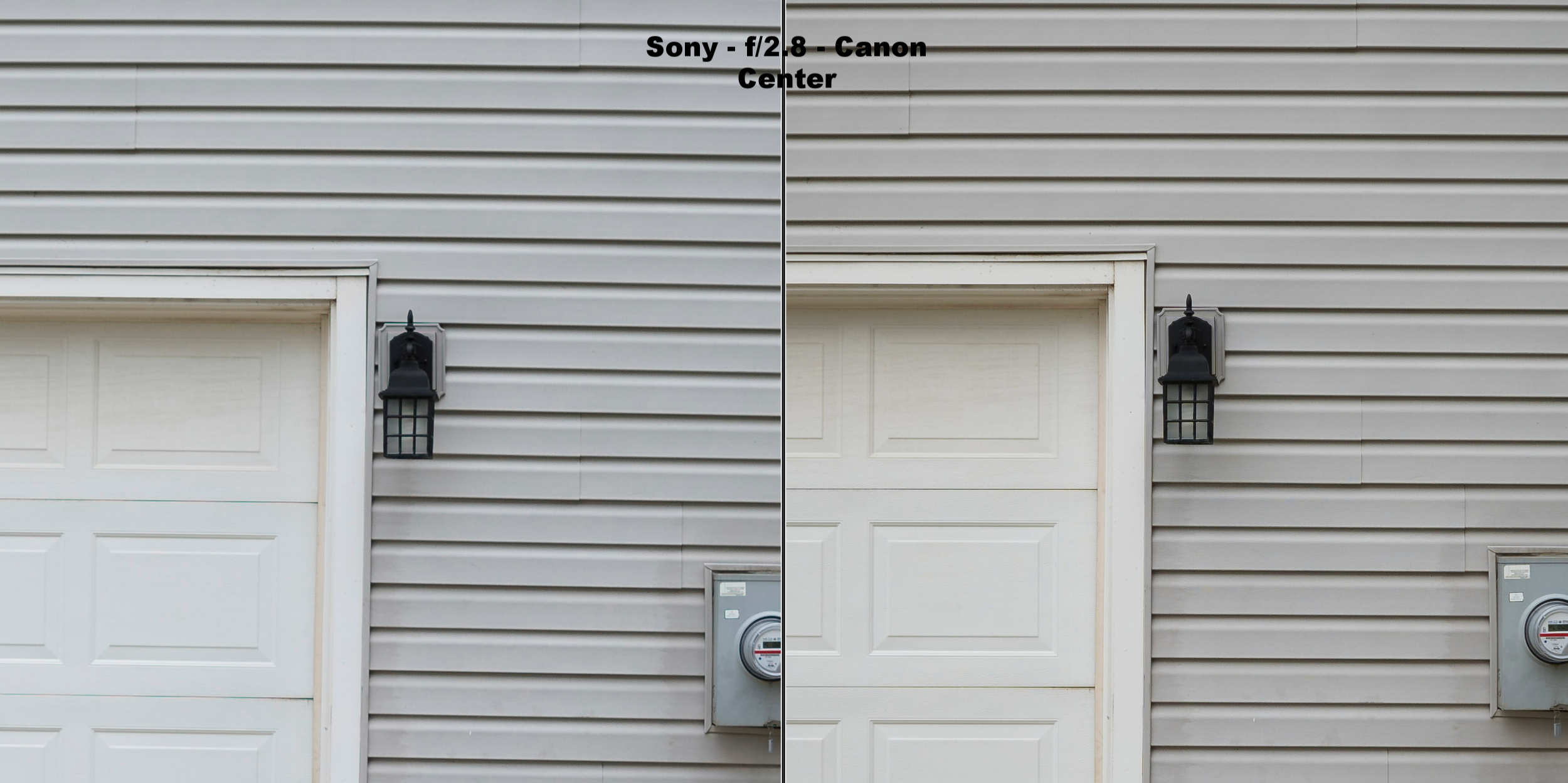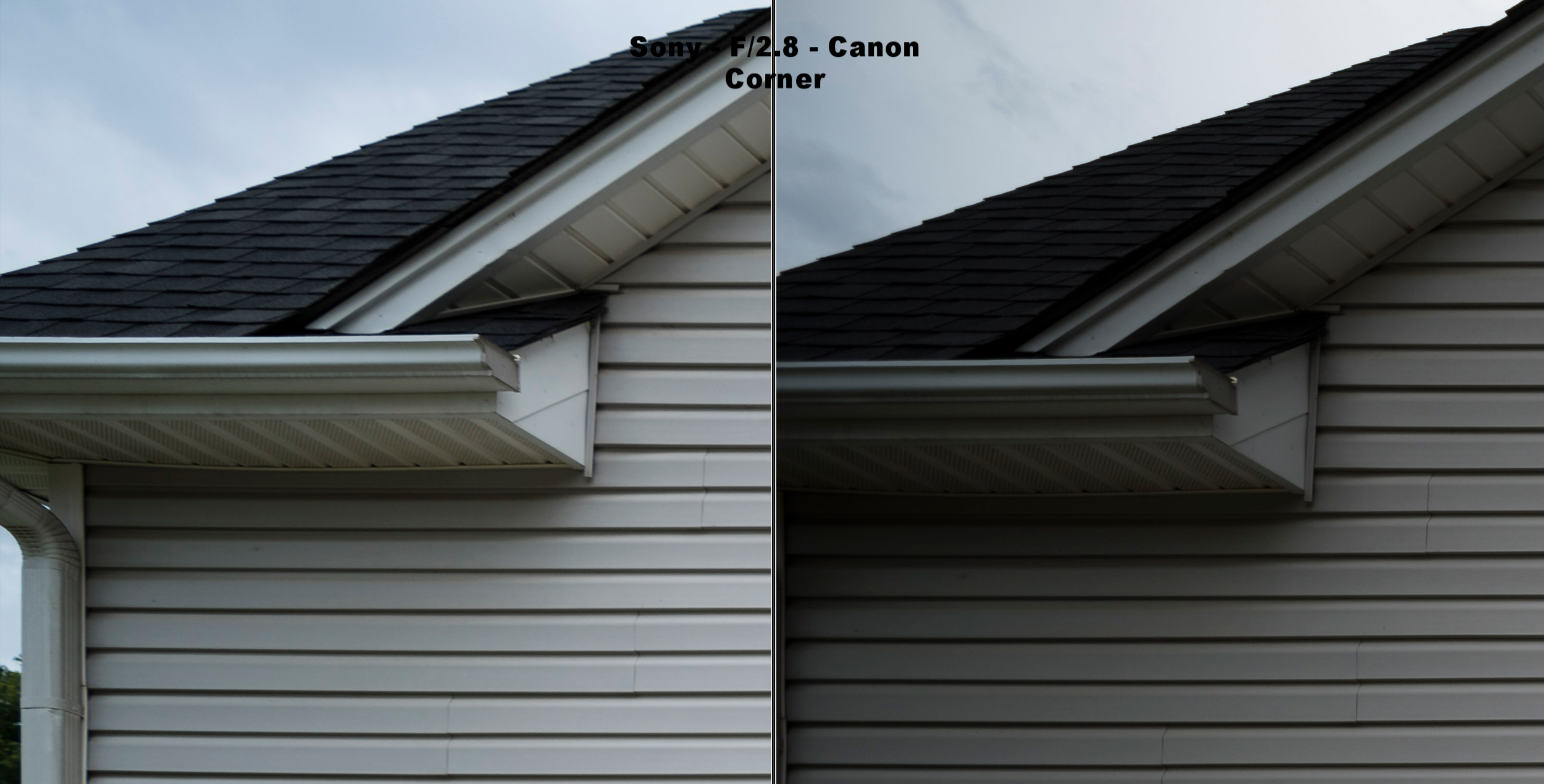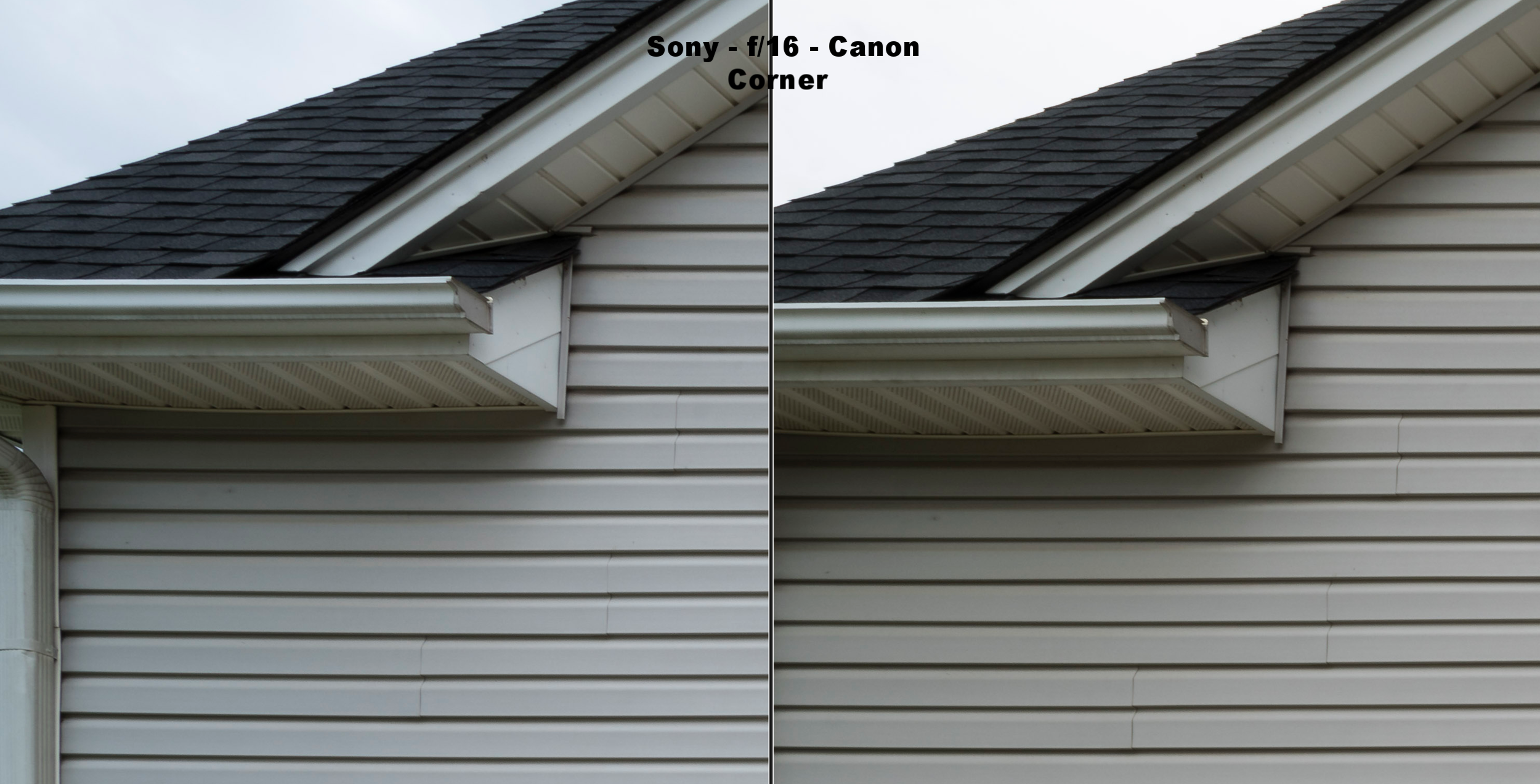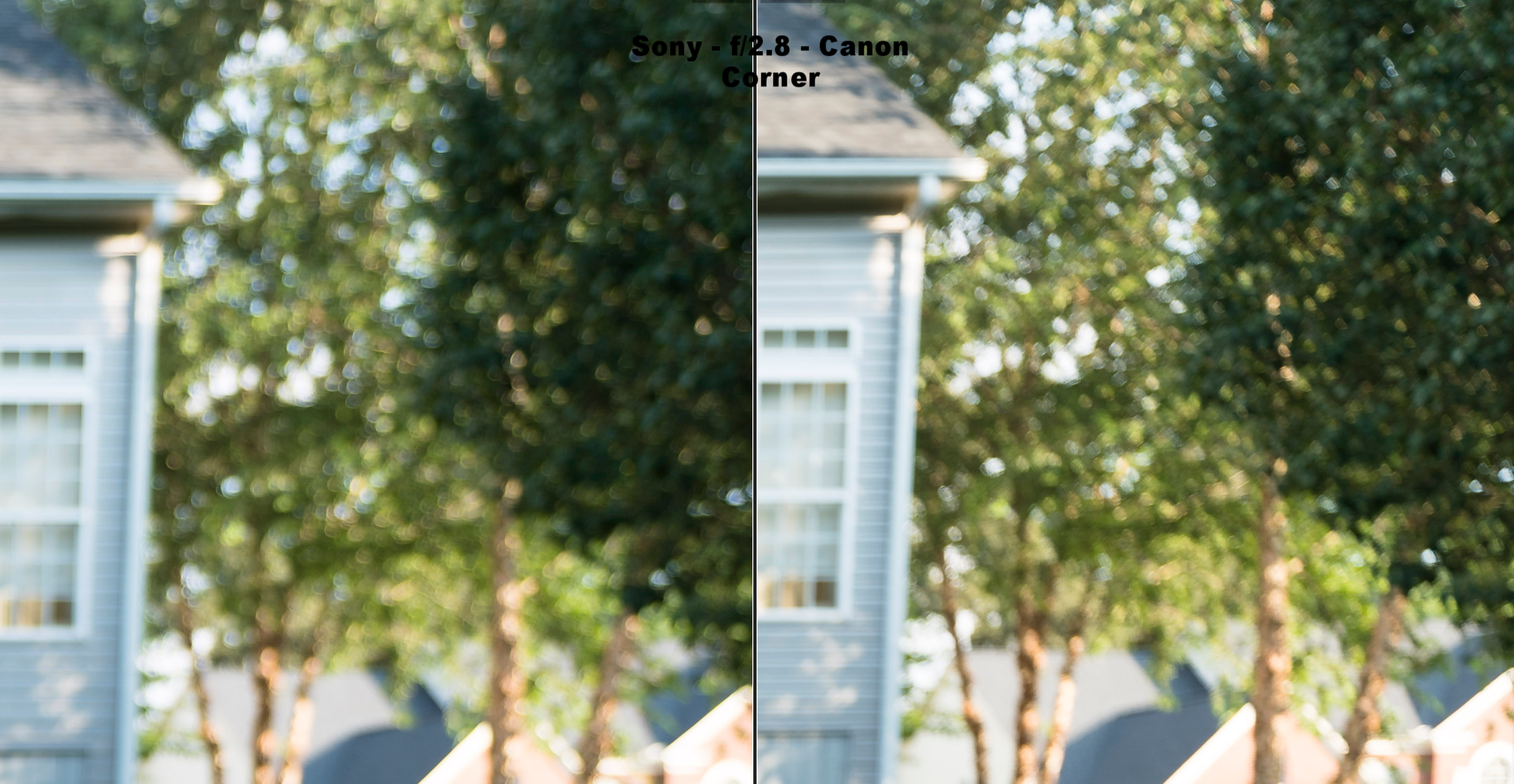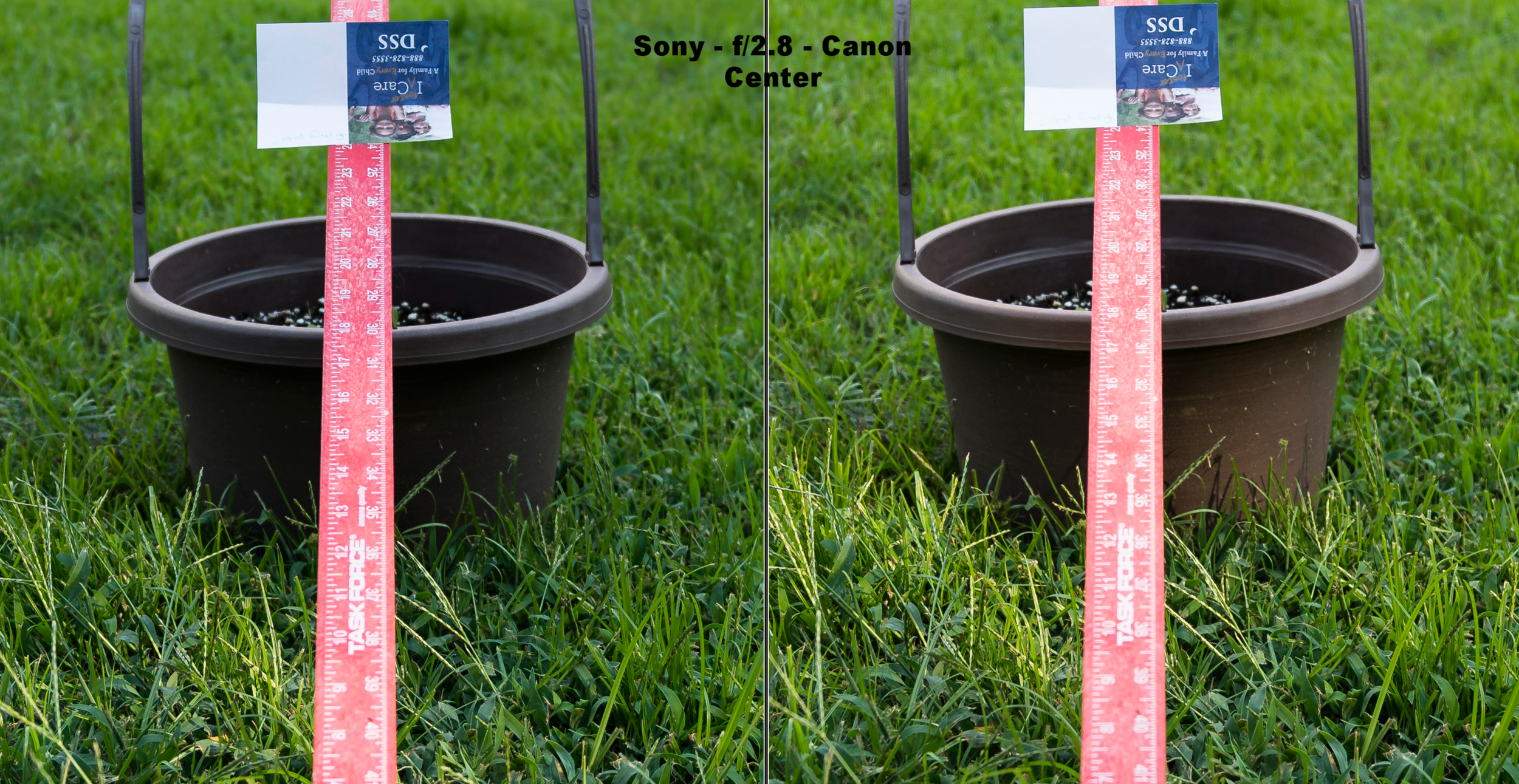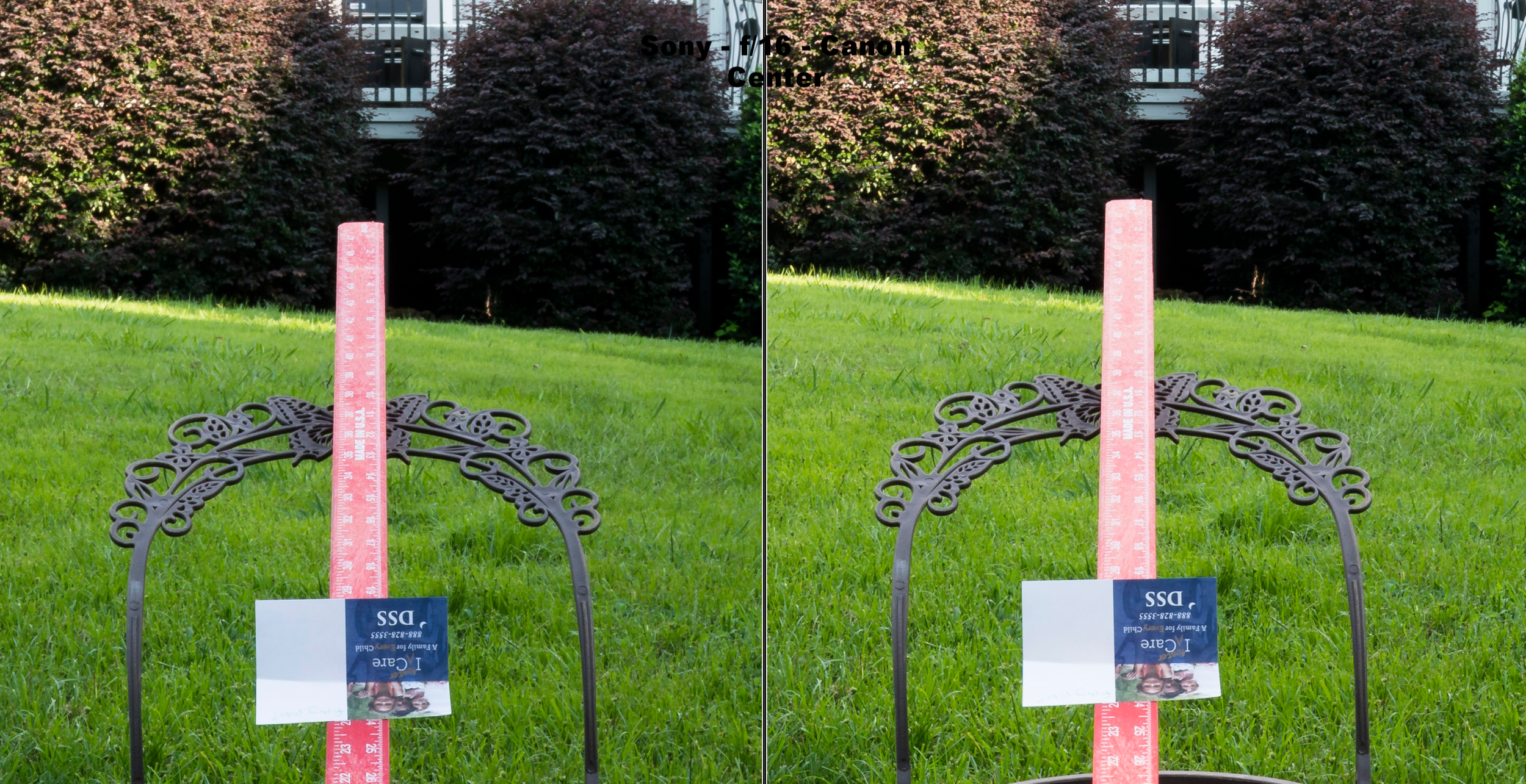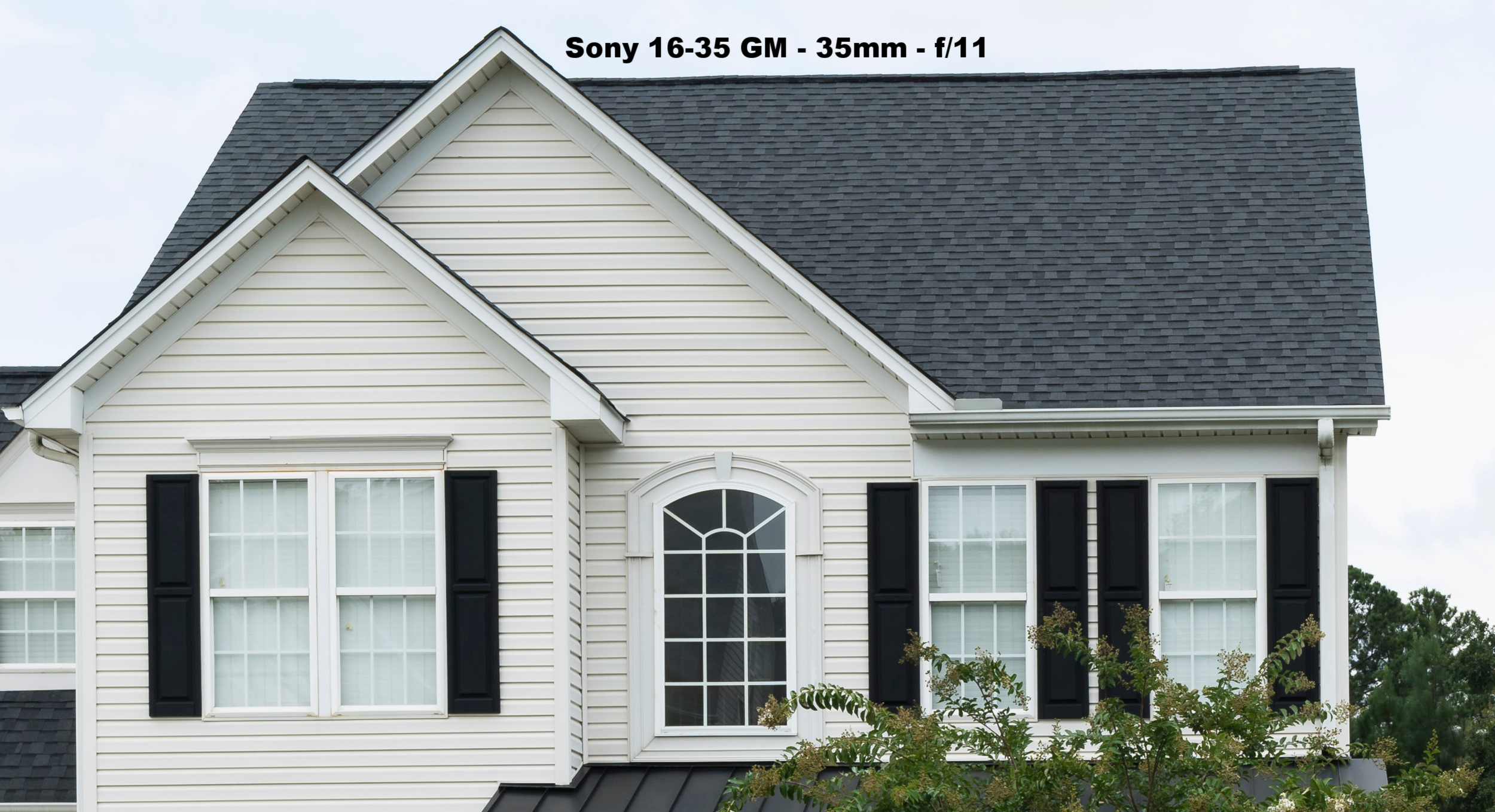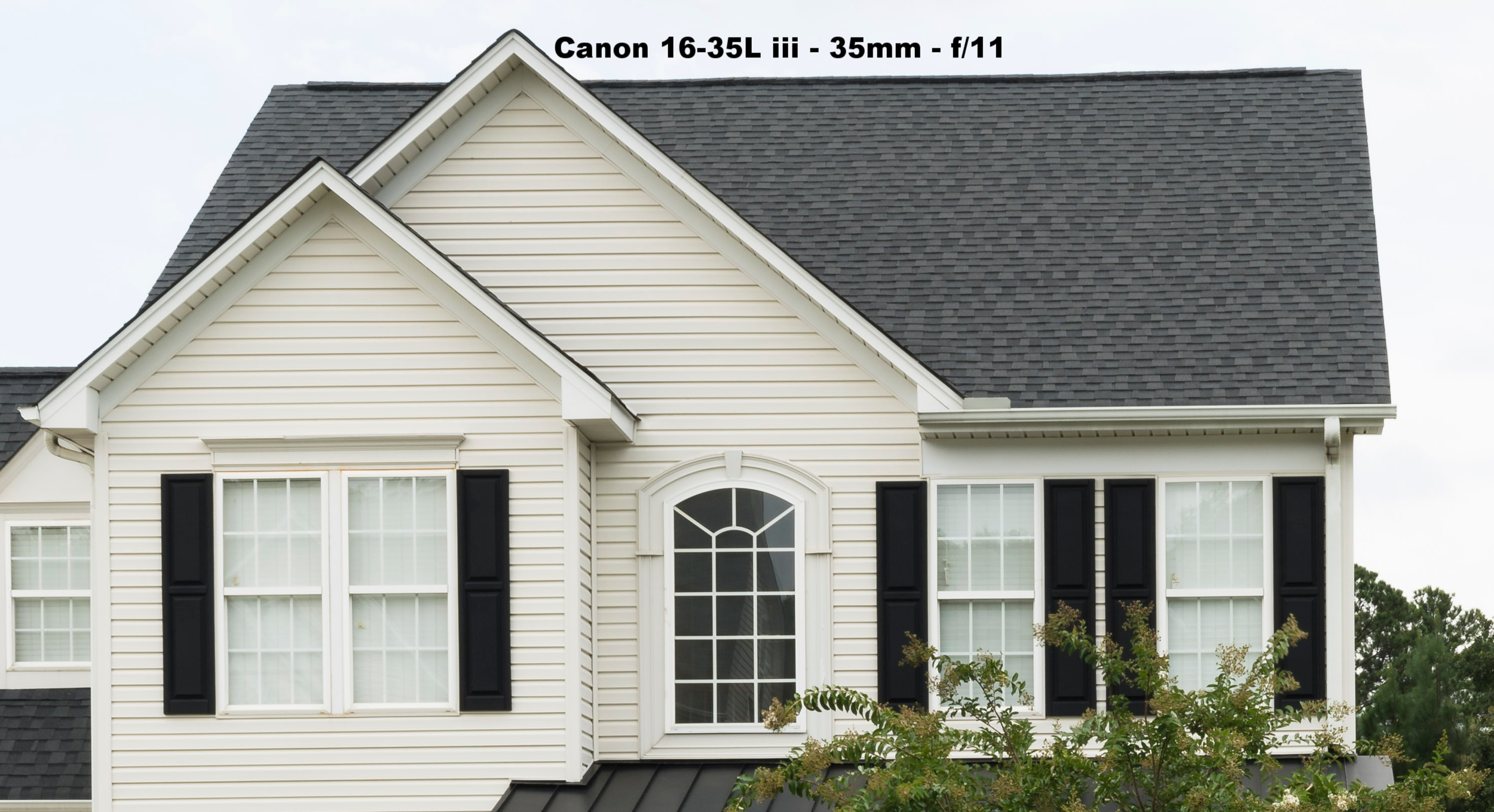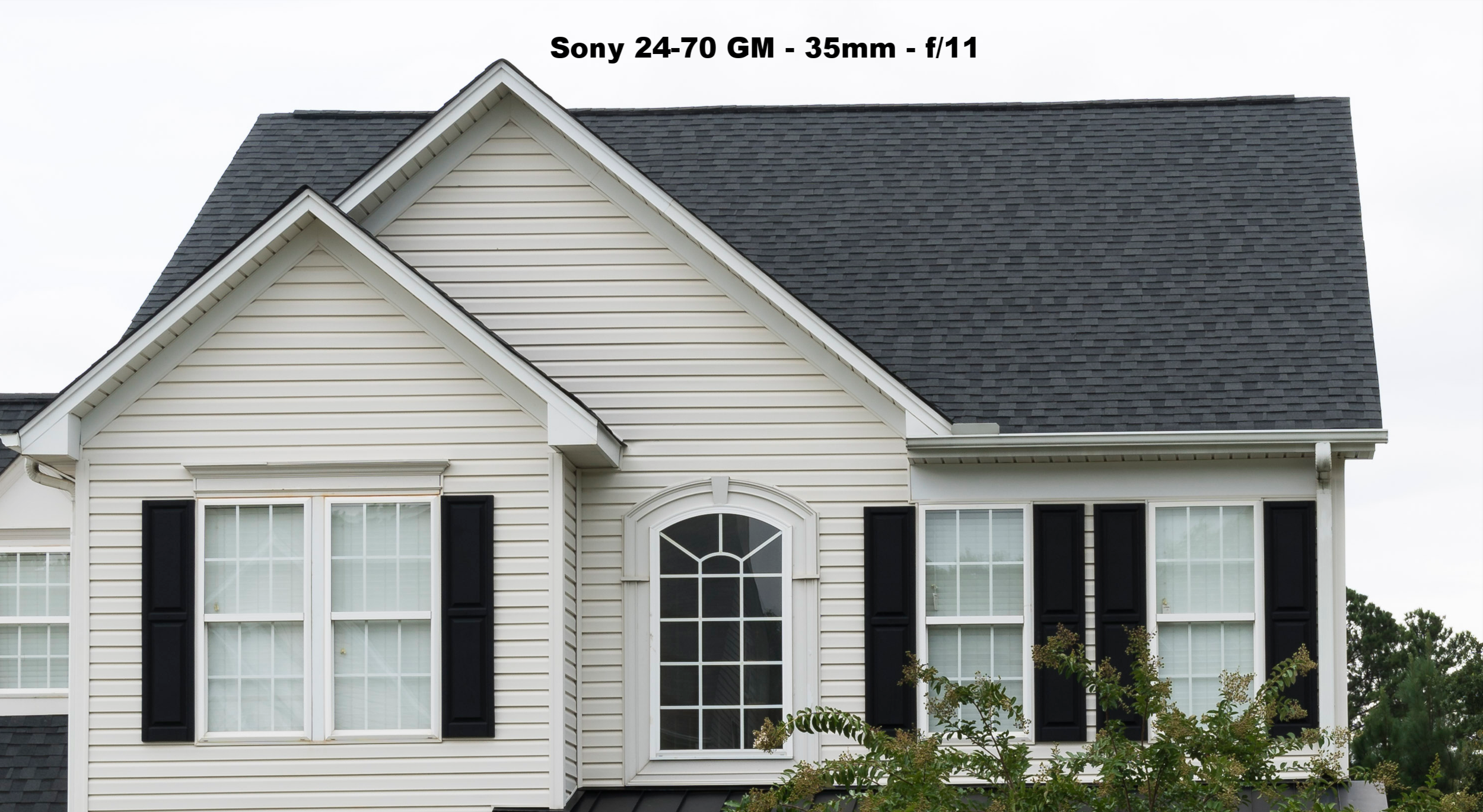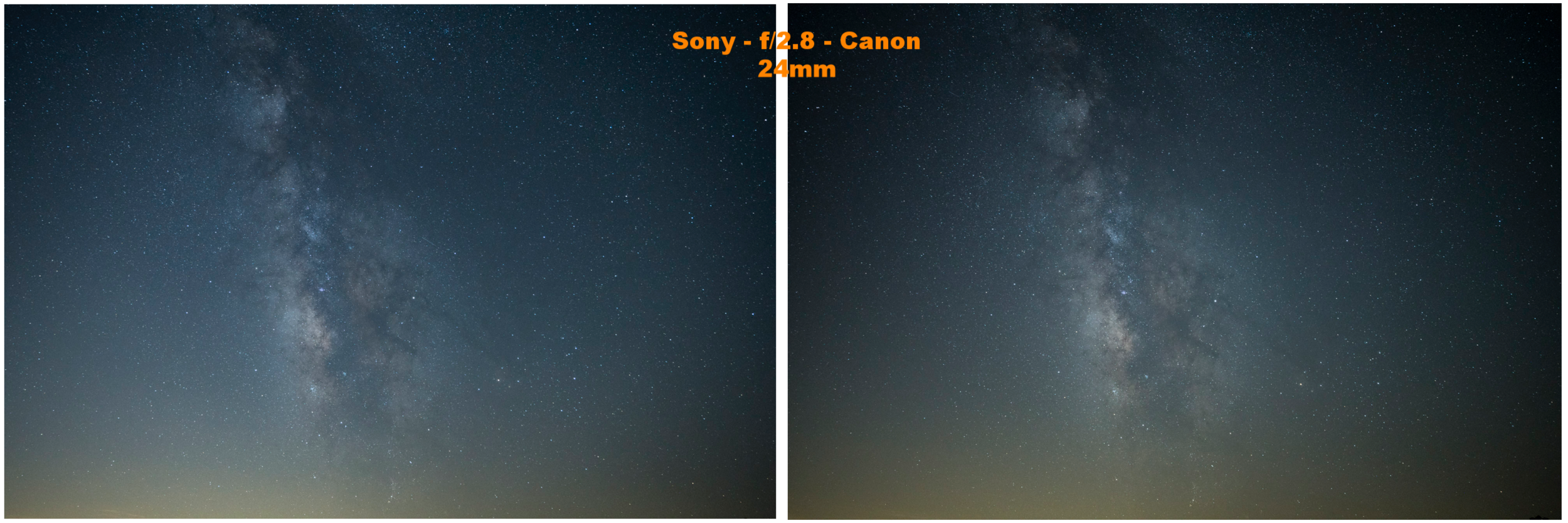Most everyone likes getting their hands on that next piece of gear...me included. I've gone so far as to create a spreadsheet of every lens I've owned (and desired) with data on size, weight, cost, and aperture so I could play with various "kit" configurations. Anyway here is what I'm currently using and some of my favorite accessories.
Camera
Sony A7Riii - My workhorse for portraits and landscape images. Battery life is so good now, I only need two.
Sony A7Rii - I can't live without the Sony PlayMemories Camera Apps (timelapse, and smooth reflection). So it's my goto camera for long exposures, timelapse, and the general shooting backup.
Akaso Action Cameras - Full disclosure I am sponsored by them but having one along with me is great for B-roll video and behind the scenes clips. Very similar to GoPro but at a much lower price with the tradeoff being a slightly more difficult user interface.
Lenses
Sony 16-35mm f/2.8 GM - My most used lens, great for astrophotography and wide angle landscapes. Uses filters and is relatively small.
Sony 24-70mm f/2.8 GM - My least favorite lens but so useful I can't find a way to get rid of it. Great at 24mm f/2.8 for astrophotography, useful for events, and landscapes. However it is heavy and misses focus occasionally. I wish there was a small fast prime <24mm/<f.28 and small 24-105 f/4 lens that I could swap it for without adding weight.
Sony 70-200 f/2.8 GM - Big, heavy, but great for portrait work. Not something I would ever want to backpack with.
Sony 85mm F/1.8 - This lens is on notice that it may be sold soon...it's my solution when the 70-200 and 24-70 lens are too heavy.
Tripod
Feisol Tournament CT-3442 Tripod - I researched folded height, max height, weight, and cost and this guy is by far the best solution. My only problem has been the "anti-twist" feature has worn down such that one leg can pull out if I'm not careful. Someday I'll try to get a replacement part from Feisol.
Feisol CT-3332 Rapid Carbon Fiber Tripod - Tripod for my second body for timelapse work or as a light stand.
Drone
DJI Spark - Great choice for your first drone. Very small, light, durable, and a camera nearly as good as a DJI Mavic. It did all my Iceland video footage!
Lighting
Yongnuo - Flashes are cheap and I have had two die...but at their low cost I don't have to worry about them. The LED panel is great for nightscapes.
Camera Bag
Shimoda 60L - Finally a camera bag that can also function for backpacking! So good I'll probably have to do a blog post just on it!












